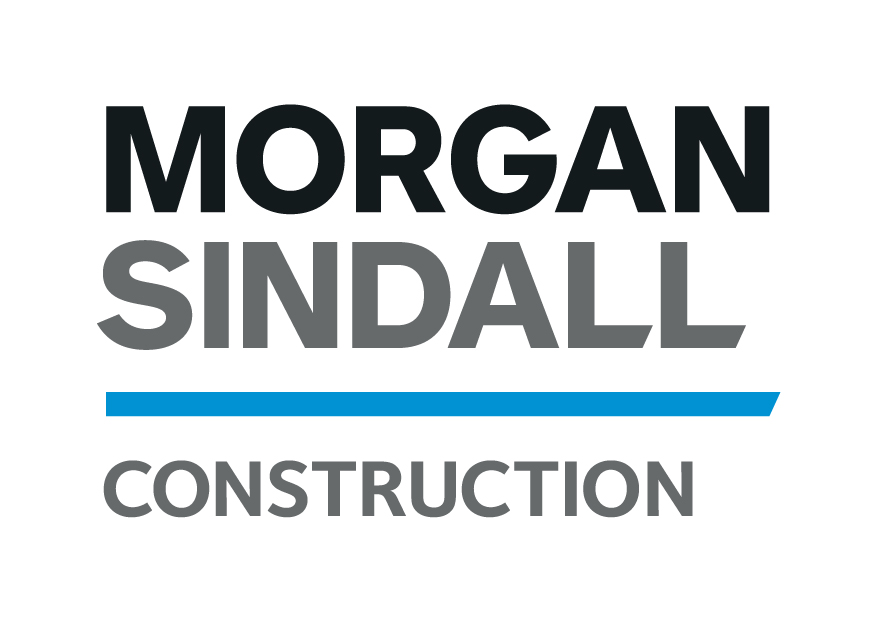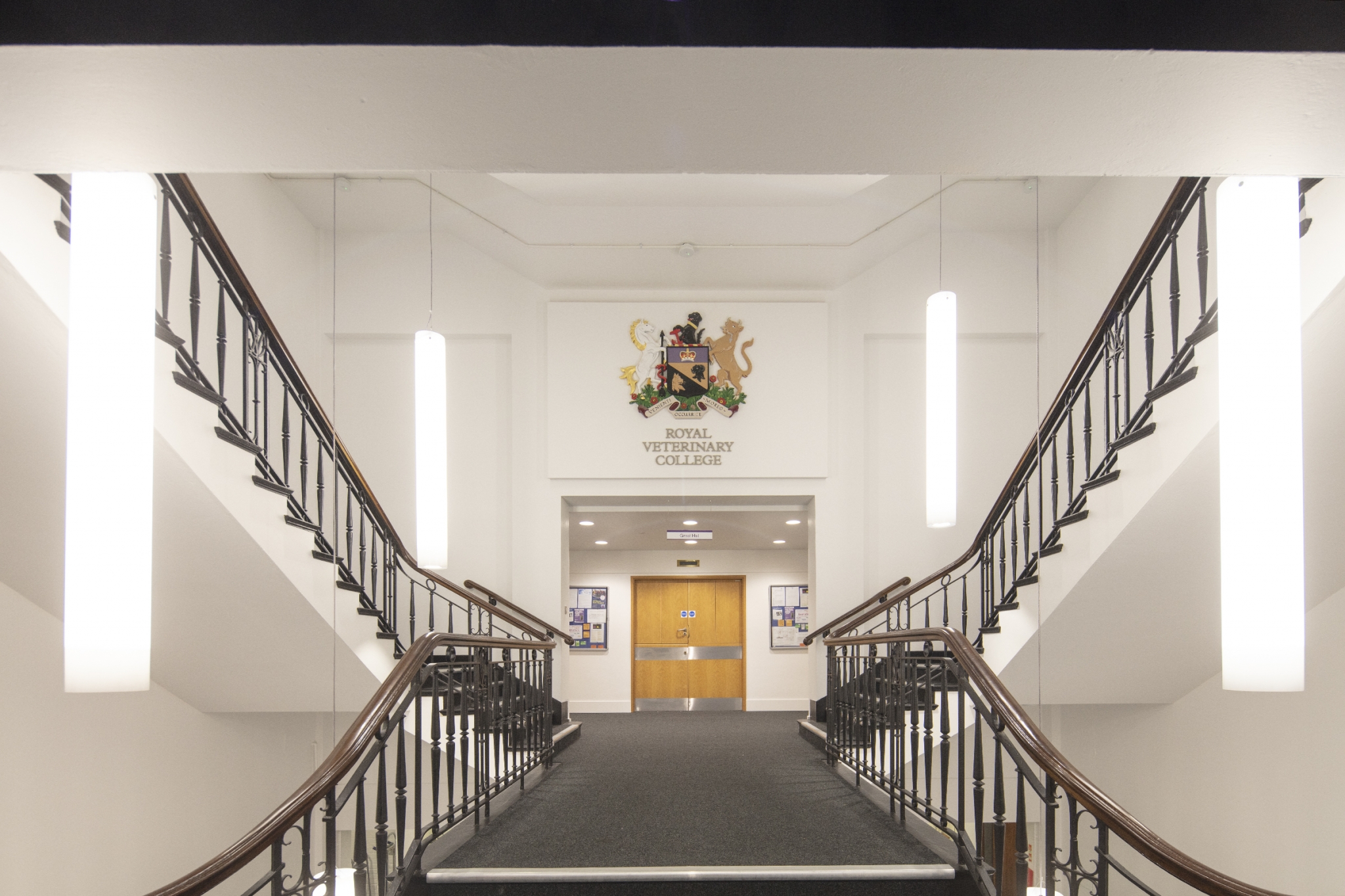Royal Veterinary College – Hobday Building
Camden, London
Project Details
Client:
Royal Veterinary College
Project Manager:
Royal Veterinary College
Architect:
Rivington Street Studios
Contractor:
Morgan Sindall
Value:
£7.5 million
Contract Period:
49 weeks
Procurement Type:
Design & Build
Form of Contract:
JCT 2016
Project Brief
The extensive internal and external remodelling and refurbishment of the Hobday Building at the Royal Veterinary College campus in Camden, London. This major refurbishment upgraded and modernised the college’s teaching and communal facilities, which dated back to the 1930’s, to meet current and future demand for student places and to provide a modern state-of-the-art facility to rival international colleges.
Working in a fully functioning college, the remodelling works included a new dining hall, student break out spaces, new laboratories, staff rooms and offices, new WC’s, the entire replacement of an old goods lift and the installation of a new disabled access lift.
Key Challenges
Working on a tight, occupied site
The major challenge of the project was carrying out significant demolition works, strip out of existing facilities, adding new structures and making structural alterations to the existing building with no reduction in occupancy.
We would usually expect this level of works to take place in a vacated building which we had full possession of, with all utilities switched off and temporary services in place, and no concerns about deliveries or movement of people. Carrying out these works in a fully functioning live college of 600 students and 75 staff required meticulous planning, collaboration and communication from both client and site teams.
The programme was developed in phases to allow the college to remain fully operational throughout, including a fully functioning summer school.
Working with animals and accommodating the client
Demolition and major structural alterations were carried out in a fully operational college which, in addition to the staff and students, housed several animals on site including two horses and two cows!
The only outside space was a thoroughfare used for all construction traffic and footfall, access to the site office and the college itself. An agreed process was in place – overseen by our logistics manager – to ensure all animals were safe and not stressed by the works, and that the site staff were safe, when the animals were moved.
From 08:00 to 08:30 and from 16:30 to 17:00 every day, they site team stood down works, cleared and cleaned the area so the animals could pass through safely with no hoist in use, no deliveries planned, no forklifts and no noisy works.
Managing logistics in a very constrained, live site
External space was extremely restricted with only one entrance shared with the college. Just-in-time deliveries were scheduled by our logistics manager, for both the construction site and the college – and across a busy cycle lane – and were all managed by our permanent gateman. Once inside the site, our telehandler unloaded materials which would either be transported by hand to the workforce or enter the building via the hoist at the back of the building.
All materials in and waste out had to pass through a space no larger than a double door. This included plasterboard, steel, timber and bricks.
Keeping to programme while managing asbestos removal
The RVC’s asbestos register didn’t accurately represent the extent of the asbestos throughout the building and a demolition survey was carried out that identified a significant amount more.
The site team managed £300,000 worth of asbestos removal, which was not in the original package of works, without impacting on the programme. This was achieved through communication and collaboration with the client to compile a programme that allowed access to remove asbestos and seal off areas in phases, whilst maintaining access, escape routes and safe working environments for all students and staff.
This was achieved in nine phases, working at night to remove the asbestos, moving it out of the building first thing in the morning and sealing the area during the day before releasing it back to the college once it had been given the all-clear.
Where work had to be carried out on classrooms, disruption was minimised by shutting down the area on a Thursday night and carrying out the equivalent of seven shifts across the weekend so the classroom could be opened up again on Monday morning.
Refurbishment of specialist laboratories
The college’s laboratories were stripped out and refurbished using specialist contractors to design, fabricate and install the laboratory furniture, install reverse osmosis key and medical gas services.
We created new and refurbished fume cupboards and worked with the design team on a brief from users on where to install power, using antibacterial wall trunking.
Specific antibacterial floor and ceiling finishes were sourced to maintain cleanliness and antistatic. The programme was built with specialists and subcontractors to lay flooring after all other works have been carried out to ensure they were 100% sealed and the finish protected.
Contact: Ray Mcauley
Email: ray.mcauley@morgansindall.com




